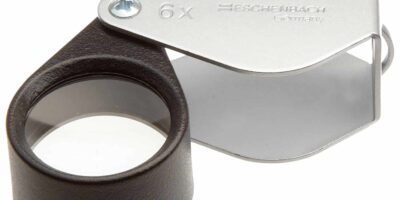Understanding the 1958 D Penny Value
The 1958 D penny, part of the Lincoln cent series, holds a place in the numismatic community. Minted in Denver, this coin features the iconic Lincoln bust created by Victor David Brenner. The piece’s value varies depending on several factors. Exploring these aspects reveals the intricate world of coin collecting.
Historical Context
Coins minted in the late 1950s reflect historical periods post-World War II. The Lincoln penny continued its legacy since 1909, portraying notable American history elements. Minting resumed in Denver in 1958 after years of steady production across multiple U.S. Mints. The year marked the end of an era as the series design shifted in 1959.
Minting and Production Details
Denver’s Mint produced millions of pennies in 1958. Exact figures show over 800 million coins. These large numbers make the 1958 D penny common in circulation. Steel die stamping techniques created these robust copper coins. The penny’s composition shifted slightly in previous years, but the 1958 cent remained mainly copper.
Grading and Condition
Grading coins assesses their condition and value. The Sheldon Scale, developed by Dr. William Sheldon in 1949, provides a framework. The scale ranges from 1 (poor) to 70 (perfect mint state). The physical state affects a 1958 D penny’s worth significantly. Higher graded coins tend to fetch more in auctions or sales.
- Poor to Fine: Little shine, significant wear, and visible damage marks these coins.
- Very Fine to Extra Fine: Less wear, most design elements visible, occasional minor imperfections.
- Uncirculated (MS-60 to MS-70): No wear, retains mint luster, highly sought by collectors.
Varieties and Errors
Some 1958 D pennies feature errors or unique varieties enhancing their value. Distinctive errors include die cracks or clipped-planchet quirks. A notable variety known as D over D or repunched mint mark shows a doubled D. These varieties are rare but fascinating, creating buzz among enthusiasts and increasing value.
Market Value
The market value depends on the coin’s condition and rarity of errors. Most circulated 1958 D pennies held in fair condition might reach a few cents above face value. However, higher-grade coins command prices of several dollars. Exceptional coins, especially with unique errors, might auction for much more.
In investment terms, profit lies in acquiring high-grade or error coins. Tracking prices involves keeping updated with auctions and sales catalogs. Engaging with collector communities offers access to shared knowledge and potential trades.
Collecting Strategies
Successful collecting requires strategy. Aim for well-preserved coins certified by reputable grading services such as PCGS or NGC. Diversifying your collection includes acquiring various grades and error types. Participation in coin conventions or local clubs provides networking opportunities with other numismatists.
Auction Insights
Auction platforms like Heritage Auctions or eBay frequently list 1958 D pennies. Study previous sales to understand trends. Prices vary; therefore, knowing the market landscape helps in decision making. Auctions occasionally feature unidentified varieties offering opportunities for keen-eyed buyers.
Storage and Care
Proper storage and care preserve a coin’s value. Store pennies in temperature-controlled environments. Use acid-free holders or albums to prevent tarnishing. Handle coins minimally and consider using gloves to avoid oils from fingers. Regular inspections identify potential issues early.
The Impact of Economy on Coin Value
Economic factors impact coin values. During economic downturns, people might sell coins, increasing supply. Alternatively, bull markets may lead to higher values as more investors seek tangible assets. Understanding these dynamics aids in making informed collecting decisions.
Online Resources and Forums
The internet offers a plethora of resources on coin collecting. Websites like CoinWeek or Numismatic News provide current information and forums. Engaging in these online communities facilitates sharing experiences. Members of such forums often discuss market trends, grading insights, and authenticating techniques.
Conclusion
Understanding the 1958 D penny encompasses exploring history, recognizing market conditions, and engaging strategically. For enthusiasts, the coin serves as a symbolic piece of the past. Whether you’re a hobbyist or investor, knowledge remains key. The charm of collecting lies not just in ownership but in the stories each coin embodies.
